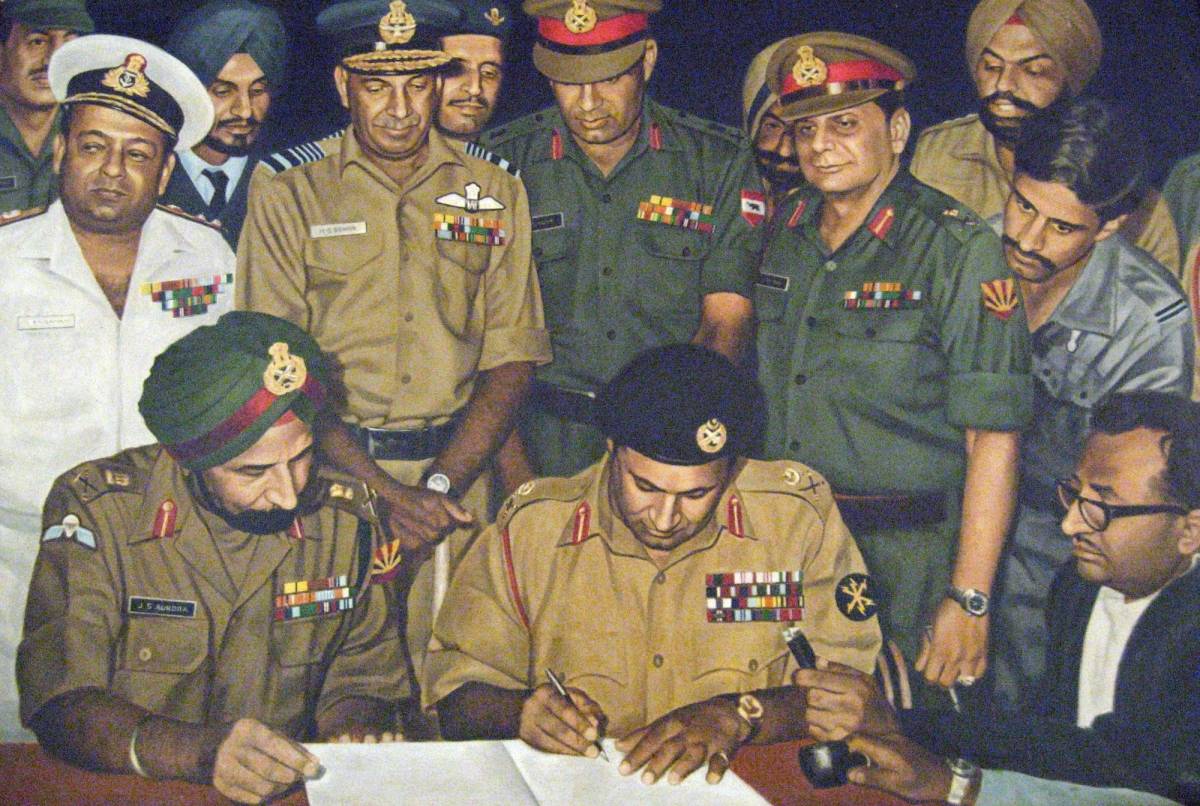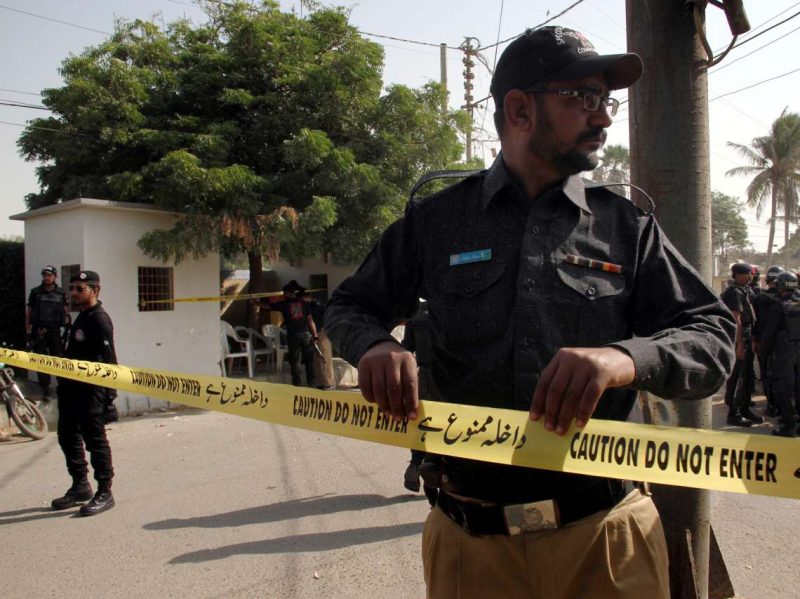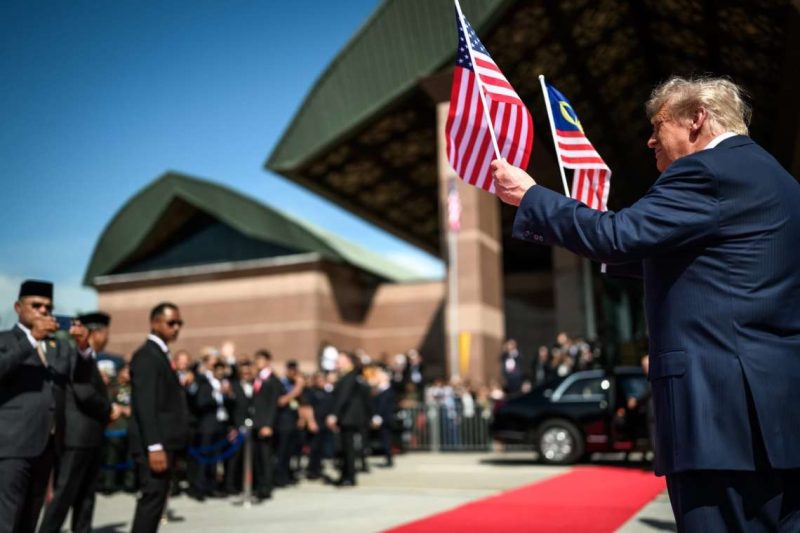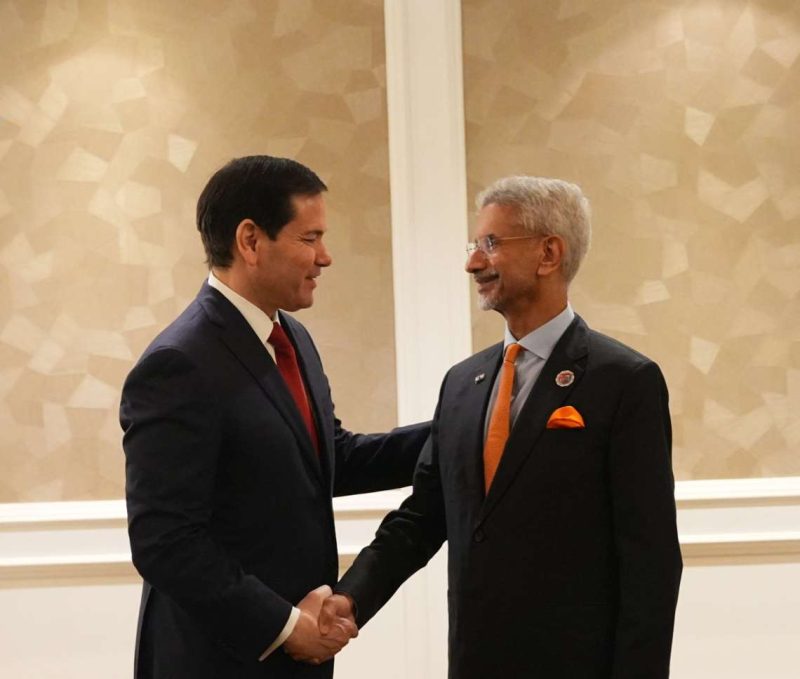According to the International Monetary Fund (IMF), in 2013, before Chine-Pakistan Economic Corridor (CPEC) started, Pakistan owed $4.1 billion to China, roughly 9 per cent of the country’s foreign debt. By 2021, the foreign debt stood at $90.12 billion, with $24.7 billion owed to China … writes Dr Sakariya Kareem
Pakistan is fast sleeping deeper into the Chinese debt trap orbit and its economic stability is in the doldrums. According to the International Monetary Fund (IMF), in 2013, before Chine-Pakistan Economic Corridor (CPEC) started, Pakistan owed $4.1 billion to China, roughly 9 per cent of the country’s foreign debt. By 2021, the foreign debt stood at $90.12 billion, with $24.7 billion owed to China.

In 2015, Chinese President Xi Jinping visited Islamabad and announced the CPEC with an intention of a long-term vision for Pakistan’s development, pledging between $40 to $60 billion of investments. China has seized on CPEC as a soft power opportunity, to portray itself as the saviour of Pakistan and to lend a helping hand, when all of the other countries have turned their backs. Through CPEC, China offers loans and infrastructure investments to Pakistan, claiming to be the country’s “all-weather friend.” The reality, however, is that the US Agency for International Development (USAID) and other international donors built much of Pakistan’s existing infrastructure.
One of the main reasons China is interested in investing in Pakistan is because the country’s ports represent the shortest, straight-line distance that connects China and Afghanistan with the sea. Afghanistan’s connectivity is important to Beijing, as China may be able to purchase minerals and energy from the Taliban.
Originally, the CPEC was called the “crown jewel” of the Belt and Road Initiative (BRI). Now, although it has been downgraded to the “pilot project” of the BRI, the CPEC is still one of the most important strategic initiatives in the CCP’s plan for global expansion. Just like CPEC’s demotion, the CCP’s “Iron Brotherhood” with Pakistan seems to be less intense than earlier.
Chinese direct investment in Pakistan peaked in 2015 at $25 billion, declining steadily since. It has been below $5 billion for the past three years. Despite Beijing’s reduced investment, it is still willing to sell Pakistan weapons. Pakistan is China’s biggest arms buyer, including nuclear weapons. By the 1980s, nearly 75 per cent of Pakistan’s army tanks and 65 per cent of its military aircraft were from China.
China also played an integral role in Pakistan’s nuclear and missile programmes. Between 2016 and 2020, 38 per cent of China’s total weapons exports went to Pakistan, and Chinese weapons accounted for 73 per cent of Pakistan’s arms imports.
Analysts raise questions over CPEC’s long-term effects of increased debt on Pakistan’s economy, the lack of transparency in the selection of investment projects, and the small number of new jobs created for Pakistanis. The CPEC has so little transparency even the Pakistani people do not know the exact terms of the loan agreements that their government signed with Beijing.
Last month in November, massive protests against CPEC broke out in the area around Gwadar Port. Residents were angry over China’s ongoing involvement in Balochistan, as well as the fact that the benefits of CPEC were not being felt by common people.

The US called Beijing’s involvement in Pakistan a debt trap, the Chinese Communist Party (CCP) lashed out, saying the United States was a smear campaign against China. Pakistan’s reaction was also similar, issuing an official statement, saying that the United States claims were fictitious. Pakistan’s Ministry of Foreign Affairs said the CPEC projects had already offered enormous economic benefits for the Pakistani people. All three Pakistani governments that have taken office since 2015 have embraced CPEC and secured ties with Beijing.
Before the Tehreek-e-Insaf (PTI) party won the election and assumed power in 2018, Prime Minister Imran Khan was a staunch opponent of the CPEC, demanding greater transparency. After taking office, however, he saw the need for Chinese investment as Pakistan faced an economic crisis. He immediately changed his tune, intensifying Pakistan’s engagement with China.








